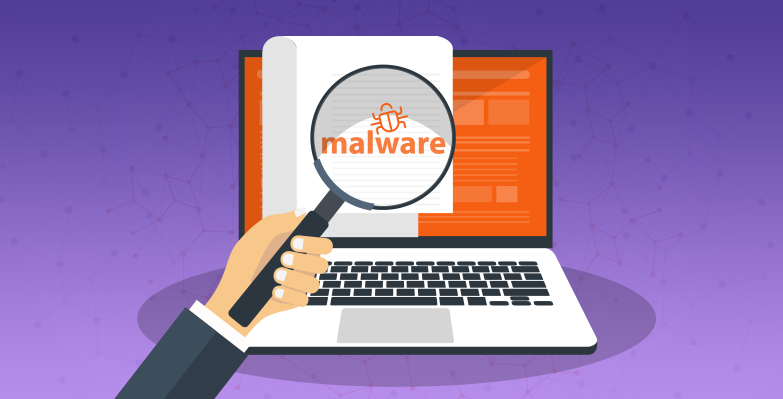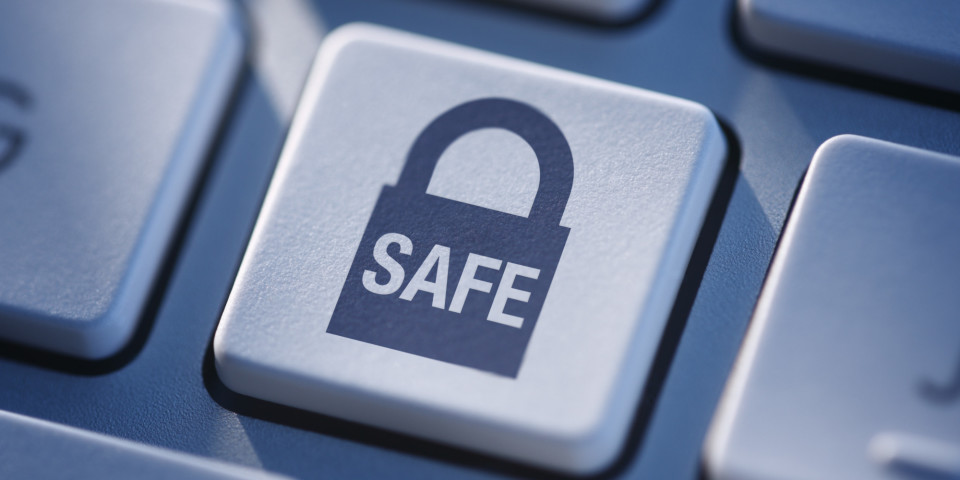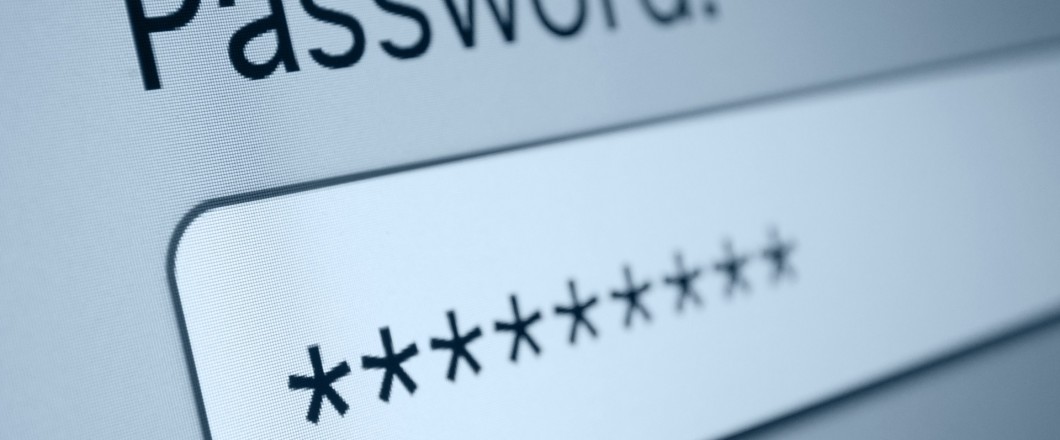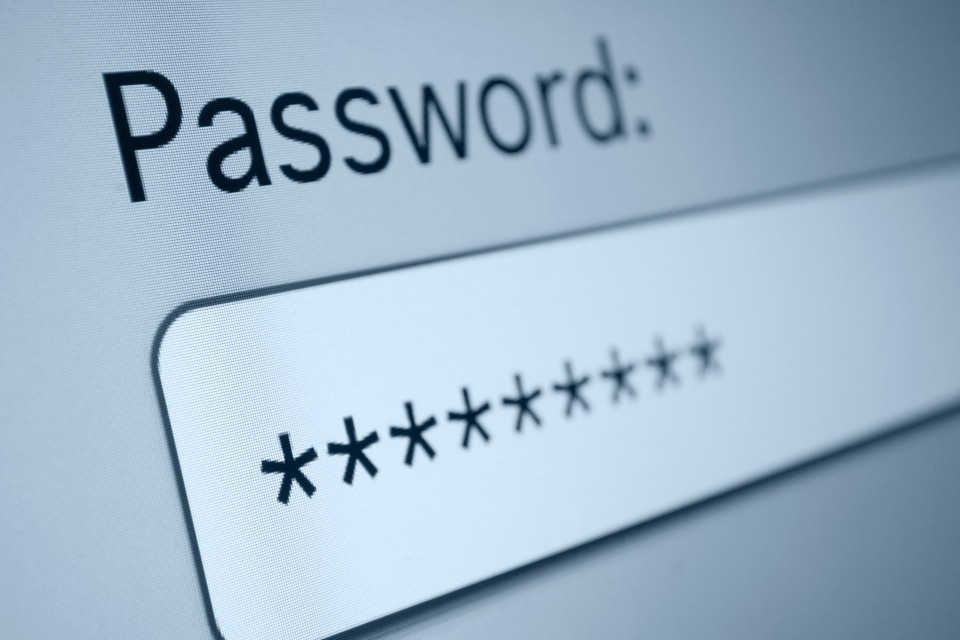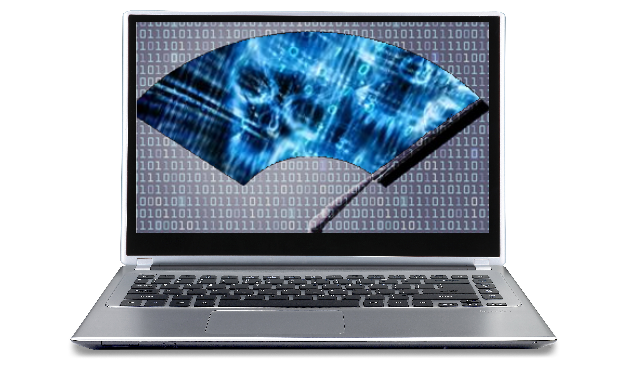
The world of malware evolves rapidly, sometimes from one day to another, but one of the most recent surges in popularity has been found in wiper malware.
You may not be familiar with wiper malware, but it’s a form of attack which has been steadily generating headlines over the last year. And the most recent data from FortiGuard Labs shows there was a 53% in wiper malware activity between Q3 to Q4 in 2022. Any increase in malware activity should be a concern, but anything which is over 50% represents a significant threat. This threat becomes magnified further when you consider the impact of wiper malware. Accordingly, there’s never been a more pressing time to learn about wiper malware.
What is Wiper Malware?
Wiper malware gets its name from its purpose of completely erasing all data from hard drives. Although it may seem similar to ransomware, wiper malware typically demands a fee in exchange for data recovery, but in reality, there is no chance of retrieving the data from the attackers. This type of cyber-attack is highly destructive and can cause harm not only to security but also to IT infrastructures.
Why is Wiper Malware Surging?
The initial surge in wiper malware, first observed in the first half of 2022, was attributed to the war in Ukraine. Most of this activity was the result of advanced persistent threat (APT) hacking groups from Russia supporting their governments campaign in Ukraine. And, as this conflict is still ongoing, the wiper malware threat has remained.
However, Fortinet has observed that the range of threat actors implementing wiper malware has now widened. So, as well as APT groups, wiper malware is also being unleashed by threat actors seeking financial gain and hacktivists looking to push political agendas. The research conducted by Fortinet also indicates that this surge currently shows no signs of slowing down, so it’s a threat which appears here to stay.
How Do You Combat Wiper Malware?
You may not feel as though your organization is a typical target for wiper malware, but this could quickly change due to the increased adoption of wiper malware. Therefore, you need to make sure you’re prepared for this type of attack:
- Act promptly: In the event of a wiper malware attack, it’s crucial to begin segmenting your network to minimize the malware’s spread. This approach may not protect all your data, but it can help salvage significant portions. Additionally, keep a constant eye on your network for any unusual activities to prompt you into launching contingency efforts in such situations.
- Ensure Careful Backups: one of the best ways to reduce the impact of a wiper malware attack is by taking proper backup measures. As malware can easily spread through networks, it’s essential to keep backups on isolated networks. Furthermore, it’s important to have multiple backups stored on different mediums to safeguard your data.
- Beware of Email Threats: Malware distribution through email is a common method, and it’s easy to become a victim of such attacks. Even a momentary lapse in attention, such as not verifying a link correctly, can lead to an infection. Therefore, always hover over links to confirm their destination and, if in doubt, seek assistance from an IT professional.
For more ways to secure and optimize your business technology, contact your local IT professionals.
Read More





